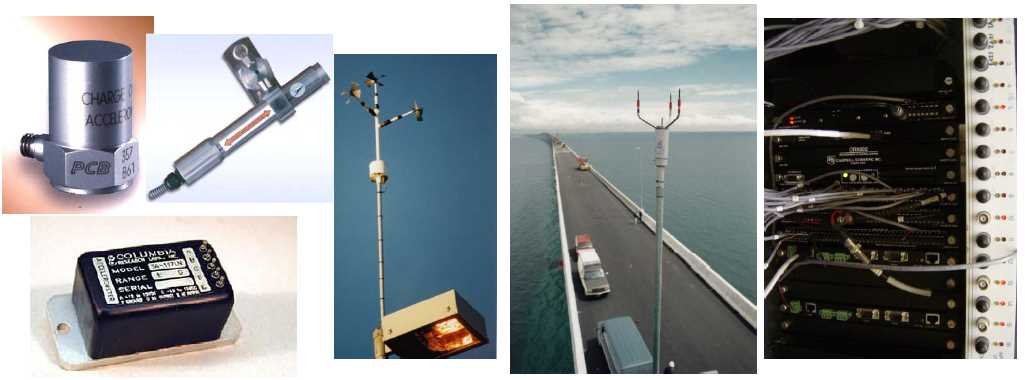Dr. David T. Lau
Professor, Department of Civil and Environmental Engineering
Research interests
Monitoring and assessment of large structures (the Confederation Bridge); measurement and high speed computer data processing techniques for real-time monitoring; repair, retrofit and strengthening techniques for Built Structures
Application areas
- Large Sensor Networks
- Monitoring of Built Structures
- Safety and Security
Home page: http://carleton.ca/cee/people/lau-david-t/
Select Publications
Field monitoring and research on performance of the Confederation Bridge, M.S. Cheung, G.S. Tadros, T. Brown, W.H. Dilger, A. Ghali, and D.T. Lau, Can. J. Civ. Eng. 24: 951–962 (1997)
Abstract
The 12.9 km long Confederation Bridge is world’s longest prestressed concrete box girder bridge built over salt water. With 45 main spans of 250 m each and a 100-year design life, the design criteria of the Confederation Bridge are not covered by any code or standard in the world. A comprehensive monitoring and research program is being carried out to monitor and study the behaviour and performance of the bridge under ice forces, short- and long-term deformations, thermal stresses, traffic load and load combinations, dynamic response due to wind and earthquake, and corrosion, and to obtain critical information that engineers now lack in these areas. This paper presents details of the monitoring project and research program. The project will also provide important information for effective operational management and maintenance of the bridge. The measured data and research results will be valuable for design and construction of other large complex long-span bridges and structures in the future. The monitored data will provide essential information for the improvement of computer modeling and simulation techniques and development of design standards and guidelines for long-span bridges.
Characteristics of dynamic monitoring data and observed behaviour of the Confederation Bridge due to operational load variations, Nicolás A. Londoño, David T. Lau, and Muhammad Rahman Can. J. Civ. Eng. 40: 393–409 (2013)
Abstract
A dynamic monitoring system has been installed on the Confederation Bridge to capture ambient and triggered vibration responses of the bridge due to wind, traffic, ice, and earthquake loads. The field monitoring data and observed behaviour of the bridge provide useful information and insights for practical application of vibration based structural health monitoring techniques in actual field operating conditions. In the present study, monitoring data collected under different loading scenarios have been analyzed to better understand the variability characteristics of the field measured data and extracted dynamic properties of the bridge. Calibration of computer bridge models using the monitoring data is presented. The field measured vibration modal frequencies differ only by 2% to 4% from the calibrated computer models. Field observed vibration mode shapes and damping ratios of the bridge are also presented. The frequency contents of the bridge responses and their variability under different loading scenarios are presented.



